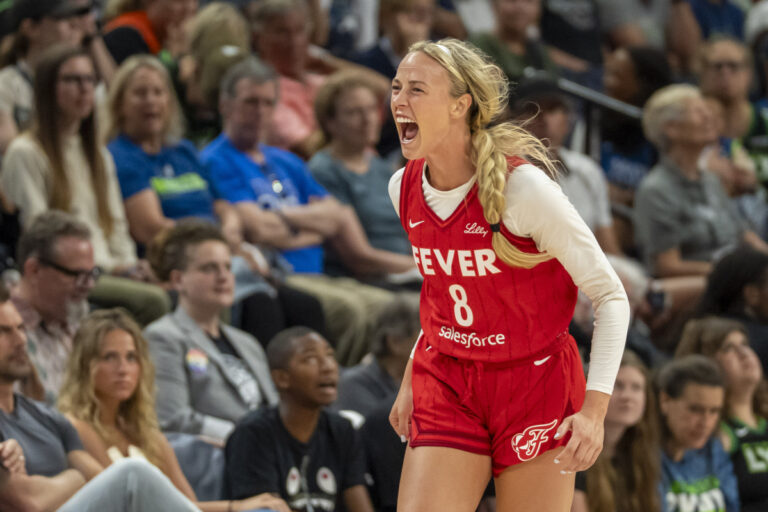The Milwaukee Bucks shocked the NBA world on Tuesday with their unexpected release of star point guard Damian Lillard. This move was made to accommodate the acquisition of center Myles Turner, a significant addition to the team. However, the decision has plunged the Bucks into a financial predicament that could impact their roster for the next five years.
Milwaukee Bucks Release Damian Lillard in Stunning Decision
The Bucks had ambitious plans this offseason, aiming to strengthen their lineup around Giannis Antetokounmpo. Few anticipated that these plans would necessitate the departure of Damian Lillard. The acquisition of Myles Turner from the Indiana Pacers required financial maneuvering, leading to Lillard’s release. Despite being sidelined due to an Achilles injury sustained during the 2025 postseason, Lillard’s contract still had two years remaining, with over $112 million owed.
To facilitate the move, the Bucks utilized the NBA’s “stretch provision,” allowing them to spread Lillard’s salary over multiple seasons. This provision, while common, is rarely applied on such a large scale. Lillard’s contract will now extend over five years, reducing the annual financial burden but prolonging its impact on the team’s salary cap.
Financial Implications of the Lillard Move
According to ESPN’s Bobby Marks, the stretch provision extends Lillard’s salary obligations from two years to five. The calculation involves multiplying the remaining contract years by two and adding one, resulting in a five-year payout period for Lillard. Consequently, he will receive $22.5 million annually for the next five years, despite not being on the team.
“The $22.5 million annual payout represents nearly 15% of the Bucks’ salary cap, effectively reducing their available cap space to 85% for the next half-decade.”
While the stretch provision is a familiar tool for NBA teams, the magnitude of the Bucks’ decision is unprecedented. The previous record for stretched salary was $27 million, paid by the Charlotte Hornets to Nicolas Batum over three seasons starting in 2020. The Bucks’ commitment to Lillard surpasses this by more than four times, posing a significant challenge as they aim to remain competitive in the Eastern Conference.
Reactions and Future Prospects
Damian Lillard has yet to publicly comment on his release, but it is likely a disappointing turn of events for a player known for his loyalty. After battling back from a severe shoulder injury to participate in the playoffs, only to suffer an Achilles tear, Lillard’s departure marks the end of a tumultuous chapter with the Bucks.
For Bucks fans, the addition of Myles Turner offers a glimpse of hope, yet the financial ramifications of releasing Lillard cast a shadow over the team’s future. This move not only severs the partnership between Antetokounmpo and Lillard but also mortgages a substantial portion of the team’s financial flexibility.
“The Bucks’ decision to release Lillard and stretch his contract is a gamble that could define their competitive landscape for years to come.”
Looking Ahead
The Bucks’ management faces a challenging path forward as they navigate the constraints imposed by Lillard’s stretched salary. The team must balance immediate competitive aspirations with long-term financial health. As the Eastern Conference continues to strengthen, the Bucks will need strategic roster decisions to remain in contention.
With the NBA landscape ever-evolving, the Bucks’ bold move highlights the complexities of team management and the delicate balance between financial prudence and competitive ambition. As the new season approaches, all eyes will be on Milwaukee to see how they adapt to these unprecedented circumstances.


























